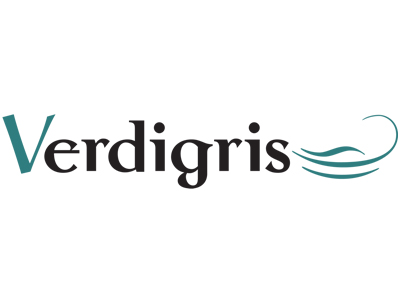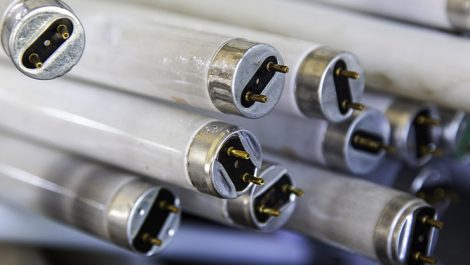Many graphic arts companies want to do their bit to help mitigate climate change. They might take it really seriously and be ISO 14001 (Environmental management systems) certified, or they might prefer to be a little looser in how they cut carbon and environmental impacts. Either way they are faced with working with other companies, and evaluating their sustainability claims in some sort of context.
There ought to be some sort of sliding scale for greenwashing, running from nought to ten, with ten the most honest of claims. Zero would be untruthful or disingenuous sustainability claims and ten would be the justifiable and bulletproof sustainability boasts. That’s a start but what would be good examples of either extreme?
Let’s start with the fake ones. A German-French-Dutch consumer protection group called Foodwatch recently asked German consumers to nominate the most outrageous lie on packaging. Arla’s Bio-Weidemilch is one of five nominees. The longlife milk product’s package claims that it cuts CO2 emissions by an impressive 72%. According to Foodwatch, this is rubbish because only the packaging is produced in an environmentally friendly way, not the milk. Arla has apparently even invented a bogus eco-label for the product, so this has to be greenwashing of the worst kind.
Closer to home we recently had a press release from an inkjet printhead manufacturer boasting about its introduction of new paper-based packaging based on “fully recyclable and biodegradable cardboard”. Is there any other kind? Turning away from plastics to reduce plastics consumption by 1.2 tonnes per year is great, but it is not much more than responsible behaviour given the current plastics crisis. And mentioning that cardboard is biodegradable confirms that the company in question hasn’t taken the time to consider the initiative beyond its box-ticking benefits.
At the other extreme, where a claim is really solid and impressive we have any organisation in the graphics supply chain that has an ISO 14001 certification, especially for many years. ISO 14001 certification is gold standard but equally valid is the small business where owners and staff have put into place environmental impact mitigation measures. Even having an environmental policy in place demonstrates a commitment to environmental sustainability in the industry.
The only way to spot the cheats is to check their claims. Look behind what they are claiming and check out the details. If you can’t find any, ask and if you don’t get a proper response, take your business elsewhere. Sustainability is about building your business in a way that respects the environment and the planet’s need for industries and consumers to take more care.
– Laurel Brunner
This article was produced by the Verdigris Project, an industry initiative intended to raise awareness of print’s positive environmental impact. This weekly commentary helps printing companies keep up to date with environmental standards, and how environmentally friendly business management can help improve their bottom lines. Verdigris is supported by the following companies: Agfa Graphics, EFI, Fespa, Fujifilm, HP, Kodak, Miraclon, Ricoh, Spindrift, Splash PR, Unity Publishing and Xeikon.





